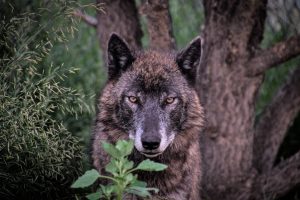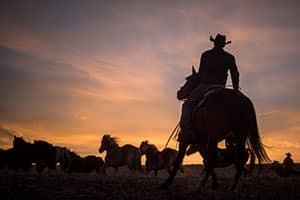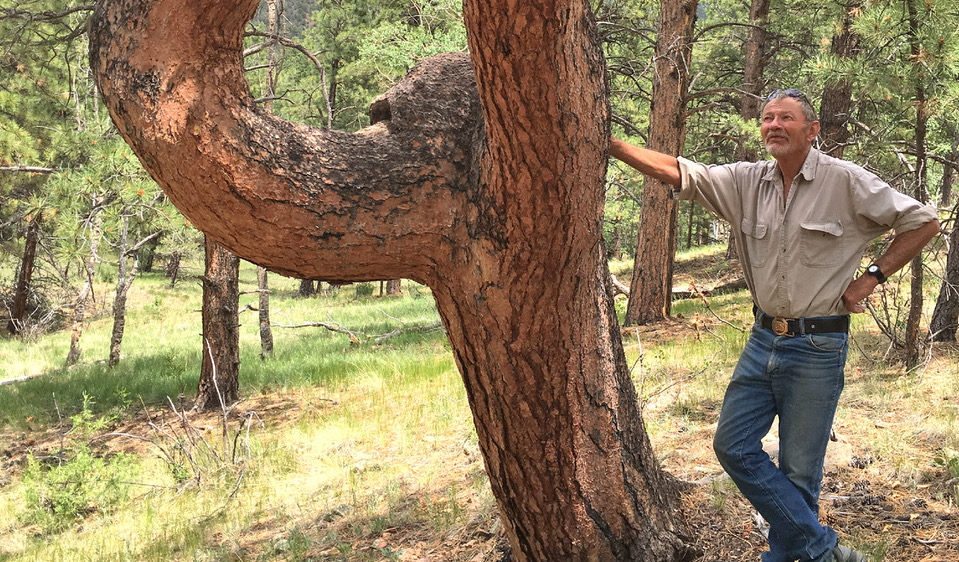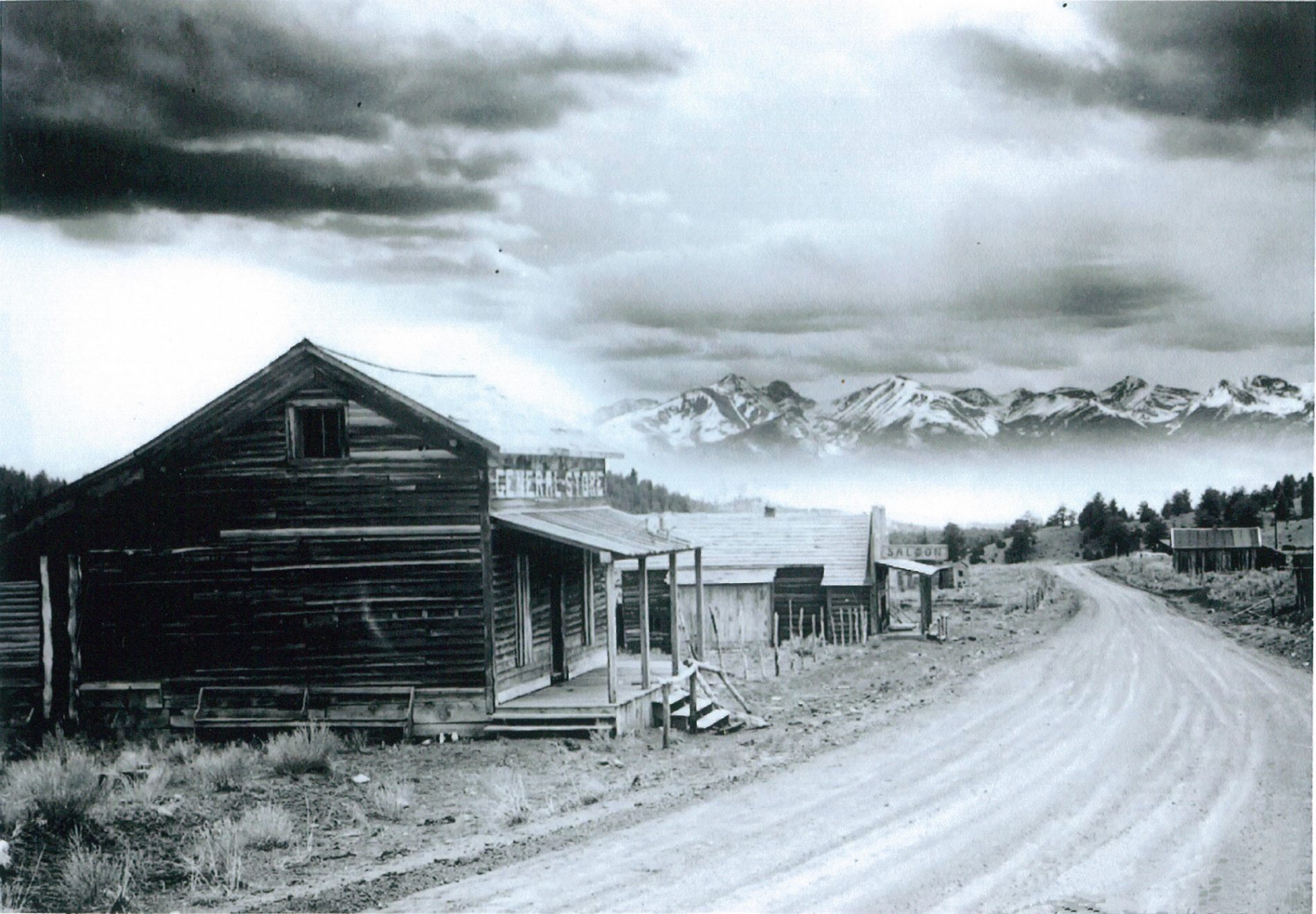For at least 10,000 years before European explorers arrived, Native Americans sporadically inhabited the area that would become Custer County.
The Ute Indians controlled much of Colorado by the 16th Century. As nomadic hunter-gatherers, the Utes took advantage of the mild summers of southern Colorado to hunt game and forage for edible plants in the foothills of the Rocky Mountains.
The Utes saw all physical features and elements of the world as spiritually alive, possessing the power to control the world and affect the fates of humans. Their rituals and ceremonies often focused on maintaining life, strength and mobility.
Evidence of the Ute’s spiritual ties to the Wet Mountain Valley exists today in culturally modified trees—scarred and trained hundreds of years ago, yet still alive today.
Marked by strange and unusual bending or stripped bark, culturally modified trees served various purposes. A tree with a 30-degree bend marked a trail, while a tree bent at a 90-degree angle marked a burial site. Medicine trees had their bark stripped for healing purposes. Prayer trees honored the passing of an important tribal member. And story trees conveyed messages.
Culturally modified trees remain throughout Custer County. The next time you see a crooked or twisted tree, don’t assume it’s a freak of nature. It may very well be an ancient Ute landmark.






